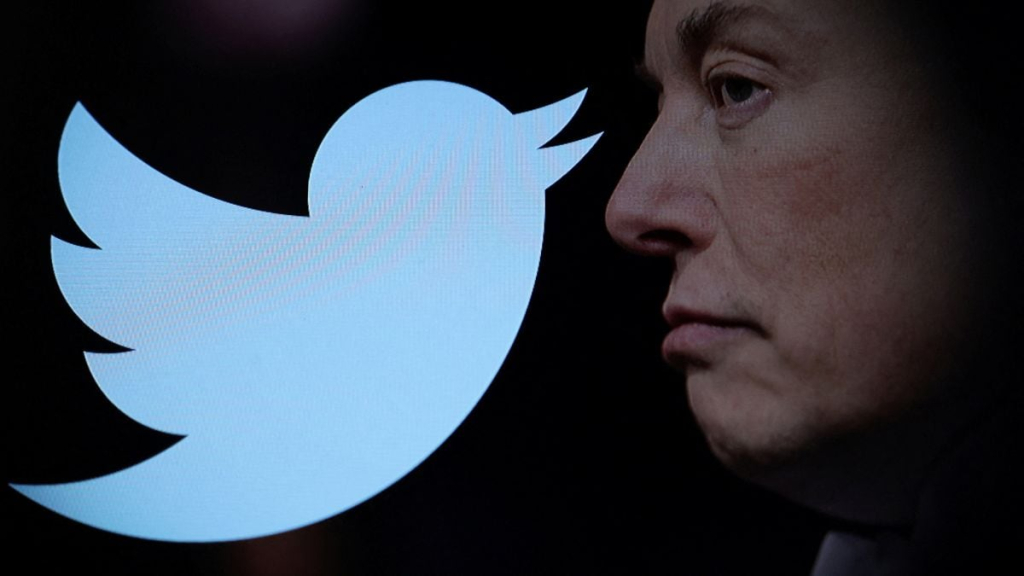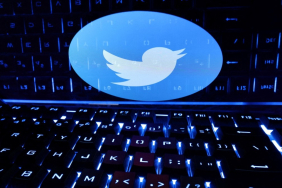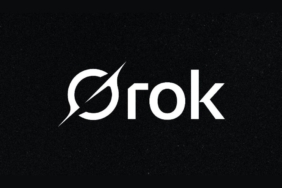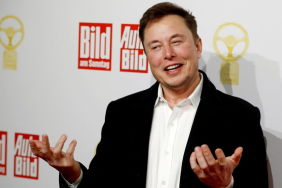Twitter has stripped the New York Times of its gold “verified” badge as CEO Elon Musk criticized the news outlet, labeling it “propaganda” on Sunday. This change coincides with the platform’s shift towards a paid verification model.
Since Musk’s acquisition of Twitter last year, he has prioritized making the “blue checkmark,” which signifies verified accounts, available to paying subscribers.
The platform announced the gradual elimination of “legacy” blue checkmarks beginning on April 1.
Alongside various media organizations, businesses, and charities, the New York Times has transitioned to being recognized as a verified business account with a gold tick under the new system introduced by Musk.
To maintain the gold tick following the implementation of the subscription service known as Twitter Blue, these organizations would need to pay a monthly fee of $1,000 in the U.S., plus $50 for each additional affiliated account.
The New York Times has stated it will not invest in a verified business account, opting instead to secure a blue tick solely for its journalists who deem it necessary for their reporting activities.
As of Sunday, the main account of the organization, which boasts nearly 55 million followers, has lost its gold checkmark, whereas related accounts, such as those for travel and opinion sections, continue to display their ticks.
Numerous media entities and high-profile figures, including basketball star LeBron James, have also opted not to pay for Twitter Blue but have retained their blue or gold checkmarks.
In a series of tweets early Sunday, Musk singled out the New York Times, asserting that “The real tragedy of @NYTimes is that their propaganda isn’t even interesting,” and branding their main feed as “the equivalent of diarrhoea” and “unreadable.”
Travis Brown, a software developer based in Berlin who monitors social media trends, noted that only a handful of accounts have been unverified, suspended, or had profile elements removed since Saturday. He mentioned that around 60,000 accounts had transitioned from legacy verification to the new system over the past week, though the majority of these were smaller accounts with minimal legacy verification.
Since its inception in 2009, the blue checkmark has been a defining feature of Twitter, establishing the platform as a credible space for news and discourse.
However, Musk and his supporters have criticized the decision-making process for granting checkmarks as opaque and elitist, claiming it represents an inequitable class system.
The recent changes implemented by Musk pose challenges for companies, journalists, and celebrities who depend on Twitter for communication and the credibility afforded by blue and gold ticks.
These developments also introduce the potential for impostors and pranksters to exploit the paid verification system, creating the possibility of misleading, verified accounts.






